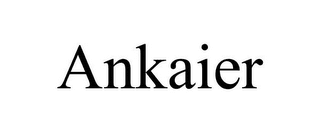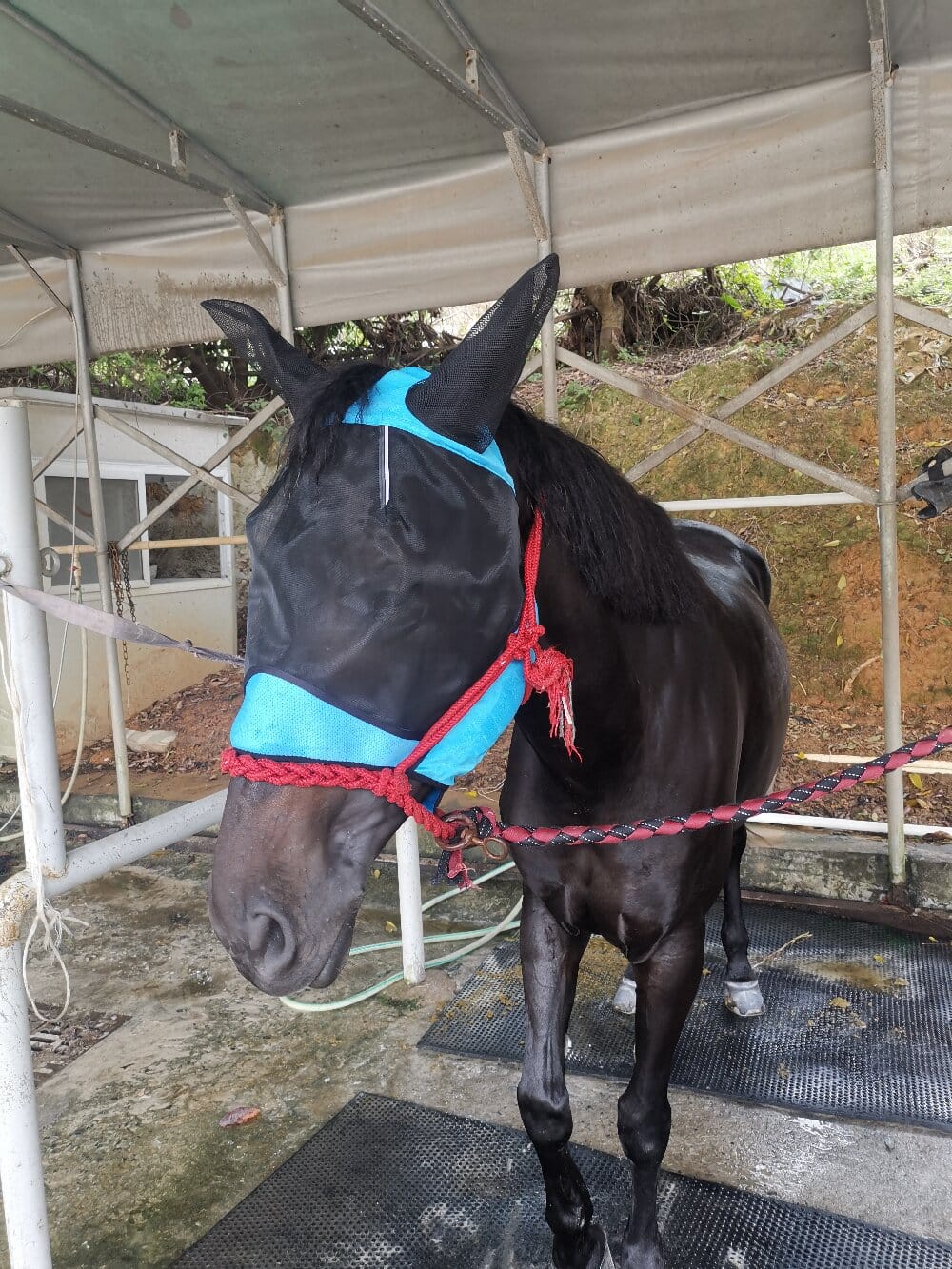The horse fly mask, a seemingly simple piece of equine equipment, represents a fascinating intersection of animal welfare, scientific understanding, and evolving human attitudes towards our domesticated companions. Far from being a mere accessory, this protective gear speaks volumes about the cultural shift from viewing horses as purely utilitarian beasts of burden to recognizing them as sentient beings deserving of comfort and care. The adoption of these masks reflects a deeper, more empathetic relationship between humans and horses, one where mitigating minor irritations is considered a standard part of responsible stewardship.
From Function to Fashion: A Shift in Human Perception
Historically, a horse’s ability to work was paramount, and while major injuries were addressed, everyday nuisances like flies were often seen as an unavoidable part of life. The development and widespread use of the fly veil, as it is sometimes called, coincided with a broader cultural movement that elevated the status of the horse. In many equestrian communities, particularly in the Global North, the horse transitioned from a farm implement or military asset to a leisure partner, athlete, and even a family member. This change in status demanded a change in care. Protecting a horse’s eyes and face from painful bites, persistent pests, and harmful UV rays became not just a practical measure, but a moral one, symbolizing a owner’s commitment to their animal’s quality of life.
Global Variations in Equine Care and Pest Management
The prevalence and design of equine fly protection can also be viewed through a geographical and cultural lens. In regions with intense seasonal insect populations or strong sunlight, such as parts of North America and Australia, the fly mask is a near-ubiquitous sight in pastures. Its use is a direct, practical response to environmental challenges. Conversely, in some European traditions, there can be a greater reliance on natural methods or stable management to control flies, with masks used more selectively. This doesn’t indicate a lesser concern for the horse, but rather a different cultural approach to problem-solving and animal husbandry. The very definition of “necessary” care is often culturally constructed.
The Symbolism of the Fly Mask in Modern Equestrianism
Beyond its physical function, the equine fly mask carries symbolic weight within the equestrian world. A masked horse in a field often signals to others that the animal is valued and its comfort is a priority. It can also indicate the horse’s role; performance horses with sensitive skin or those prone to eye conditions like uveitis are frequently protected to ensure their health and competitive longevity. Furthermore, the industry around these products—offering masks in various colors, with UV protection, or with custom embroidery—highlights the commercial and personal expression aspects of horse ownership. Choosing a specific type of face cover for horses becomes an act of individualized care, akin to selecting any other specialized gear.
Practical Considerations and Ethical Implications
The decision to use a fly fringe or mask is not without its practical and ethical dimensions. Responsible use involves:
- Proper Fit: A mask must allow for full vision and ear movement (if it covers the ears) without causing rubs or sores.
- Material Matters: Modern masks are made from durable, lightweight mesh that provides breathability while blocking insects and ultraviolet rays.
- Daily Monitoring: It is considered essential care to regularly remove the mask to check the horse’s eyes and face for any issues, reinforcing the ongoing nature of the human-animal bond.
This routine underscores a culture of attentive, daily interaction, moving beyond basic provision of food and shelter.
A Reflection of Evolving Bonds
In conclusion, the humble horse fly mask is a potent cultural artifact. Its common presence in pastures today is a testament to a significant evolution in the human-equine relationship. It symbolizes a society that increasingly prioritizes animal comfort, invests in preventive health measures, and acknowledges the well-being of its animal partners. This piece of equine equipment, therefore, is much more than a shield against pests; it is a clear window into the values of care, empathy, and respect that define modern horsemanship across many cultures. The adoption of this simple tool marks a profound cultural step towards a more compassionate and conscientious partnership with the horse.

